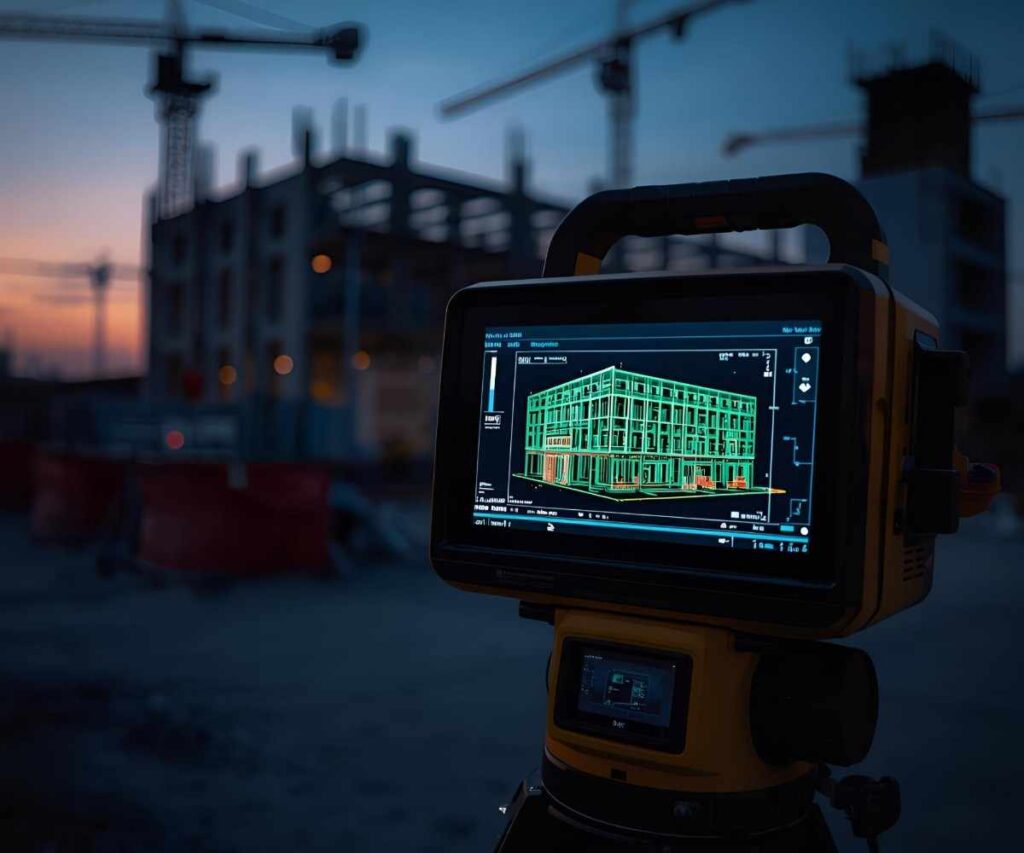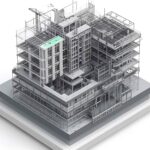

In construction, design, and engineering, precision matters. Whether you are building a skyscraper, working on telecom infrastructure, or managing big projects, accuracy and efficiency are key. This is where LiDAR comes in. This technology is changing how professionals capture, analyze, and model real-world environments.
LiDAR is more than just a buzzword. It is a strong tool that pairs well with Building Information Modelling (BIM) services. It provides new levels of detail and efficiency.
Understanding LiDAR: The Basics
LiDAR stands for Light Detection and Ranging. It is a remote sensing technique that employs laser light to estimate distances to the surface of the Earth or objects. These distances are analyzed to produce very precise 3D maps and models.
In simpler terms, LiDAR acts like a digital scanner for the real world. It collects millions of precise data points that represent the shape and structure of physical spaces and objects.
You may also like: “Benefits of Integrating BIM Modeling Services into Your Project Workflow”
How LiDAR Works:
* A laser sensor emits pulses of light.
* These pulses bounce back after hitting a surface.
* Sensors measure the time it takes for the light to return, calculating precise distances.
* The information is used to create a 3D point cloud, a very detailed digital representation of the scanned world.
LiDAR in Building Information Modelling (BIM)
Building Information Modelling (BIM) is a process that creates digital representations of the physical and functional characteristics of buildings and infrastructure. When combined with LiDAR data, BIM achieves new levels of precision, efficiency, and usability.
Here’s how LiDAR systems improve BIM services:
1. Accurate As-Built Models
LiDAR can capture existing conditions of a building or site in incredible detail. This is invaluable for creating As-Built Drawings in BIM, reducing guesswork and errors.
2. Faster Project Execution
Traditional surveying methods can take weeks or months. LiDAR scanning can capture large amounts of data in hours, drastically speeding up project timelines.
3. Improved Clash Detection
In BIM, clash detection ensures that different systems (electrical, plumbing, and structural) work together without interference. LiDAR’s precision makes detecting clashes early much easier, saving time and money.
4. Enhanced Renovation and Retrofit Projects
For renovation, retrofit, or expansion projects, LiDAR captures exact site conditions. This makes integrating new designs into existing structures seamless.
5. Better Visualization
LiDAR data can be converted into photorealistic 3D models and panoramas, making it easier for stakeholders to understand designs and proposed changes.
Applications of LiDAR in BIM Services
LiDAR has a broad range of applications across industries. In BIM, it is especially transformative in:
* Architectural Design: Capture existing structures accurately to support new design work.
* Construction Management: Use accurate 3D mapping to monitor site progress.
* Telecom Infrastructure Design: Map tower sites and mounting structures with high accuracy.
* Urban Planning: Create realistic city models to support planning and zoning.
* Facility Management: Maintain accurate records to support building maintenance and upgrades.
Benefits of LiDAR-Enabled BIM Services
|
Benefit |
Description |
|
High Accuracy |
Millimeter-level precision for As-Built drawings and site models. |
|
Time Efficiency |
Large-scale surveys completed in hours instead of days. |
|
Cost Savings |
Reduced rework and improved planning lower project costs. |
|
Risk Reduction |
Early detection of clashes and errors avoids costly delays. |
|
Enhanced Collaboration |
Accurate visual models improve communication among stakeholders. |
Future of LiDAR in BIM Services
LiDAR technology is evolving rapidly. With advancements in drone-mounted LiDAR scanners and AI-driven processing, the integration of LiDAR with BIM is becoming more automated, accurate, and affordable
The future promises:
* Real-Time BIM Updates: Continuous scanning and modelling for live project updates.
* Integration with AR/VR: Immersive design reviews and virtual walkthroughs.
* Smarter Site Management: AI algorithms processing LiDAR data for predictive construction analytics.
Conclusion
LiDAR is more than just a tool. It is changing the way we capture, design, and complete projects. When used with BIM services, LiDAR helps architects, engineers, and construction professionals work faster, smarter, and with greater accuracy.
If your projects require precision, speed, and innovation, adding LiDAR to your BIM workflow is now essential.
Call to Action:
If you’re looking to leverage the power of LiDAR for your next project, ASE Structure Design offers advanced LiDAR-enabled BIM services tailored to your needs. Let’s transform your vision into reality with precision and efficiency.
Latest News



